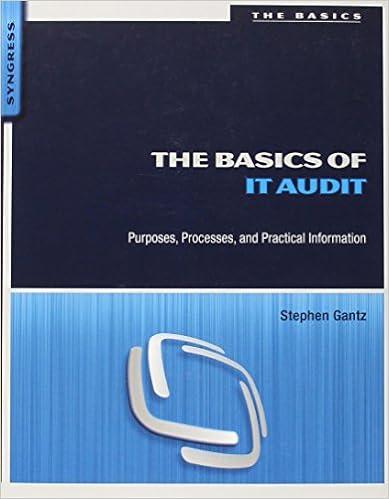i need help with number 5 please show work and explain. short article attched for refence

Read the article "Home Prices Up 15.4% in January from a Year Ago" below and answer the questions pertaining to this piece. Complete part a AND either part b OR part c. a. As per the content of the article, it is shown why home prices have increased, relating back to the demand for homes along with the supply of homes. This can be reflected in the shifts of both the demand and supply curves occurring simultaneously. State what direction both curves have shifted to cause this price increase and why, based upon what the article presents (use specific information from the article in determining the shifts of both curves). Based upon these two shifts occurring simultaneously, state what will occur to the equilibrium quantity as a result. Specifically, state if the equilibrium quantity will decrease, increase or be indeterminate. Complete either part b OR part c. b. Would stating "it was not the highest median price on record...but it is the highest for the month of January be an example of a positive economic statement or a normative economic statement? c. According to the circular flow model, which one of the two markets would the buying and selling of homes fall into? Home prices climbed in January as inventory fell to a new record low. The median price for a home last month was $350,300, up 15.4% from a year ago, according to the National Association of Realtors. It was not the highest median price on record, which was $362,800 last June, but it is the highest for the month of January, which tends to be a sleepier time for home sales. "Buyers were likely anticipating further rate increases and locking in at the low rates, and investors added to overall demand with all-cash offers," said Lawrence Yun, NAR's chief economist. "Consequently, housing prices continue to move solidly higher." Sales of existing homes - which include single-family homes, townhomes, Sales of existing homes - which include single-family homes, townhomes, condominiums and co-ops - surged 6.7% from December, but were down 2.3% from a year ago, largely because there were so few homes to buy. At the end of January, the inventory of homes available to buy fell to an all-time low of 860,000, down 16.5% from last year. That's the lowest since NAR began tracking it in 1999. At the current monthly sales pace, supply would last just 1.6 months, which is also a record low. "The inventory of homes on the market remains woefully depleted," Yun said. Race against rising mortgage rates Also creating urgency in the housing market are rising mortgage rates. Last month, homebuyers raced to lock in lower mortgage rates, which have been inching closer to 4%. Properties were typically on the market for just 19 days in January. That's slightly slower than the record fast pace of 17 days over the summer. But It's faster than a year ago, when homes sold in an average of 21 days. More than three-quarters of homes sold in January 2022 were on the market for less than a month. Yun said rising mortgage rates are problematic for at least two groups in the market. But so far, buyer activity has been resilient, said Danielle Hale, Realtor.com's chief economist, even in the face of factors that could additionally squeeze housing budget priorities, including rising rates and inflation. "Housing market momentum will be tested by rising mortgage rates in 2022, said Hale. "Our expectation is that we'll continue to see home sales at a relatively high level throughout 2022, as post-pandemic shifts, like rising workplace flexibility, enable would-be buyers to expand their geographic search horizons and find an affordable place to call home," said Hale










